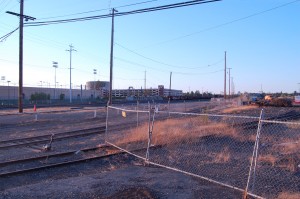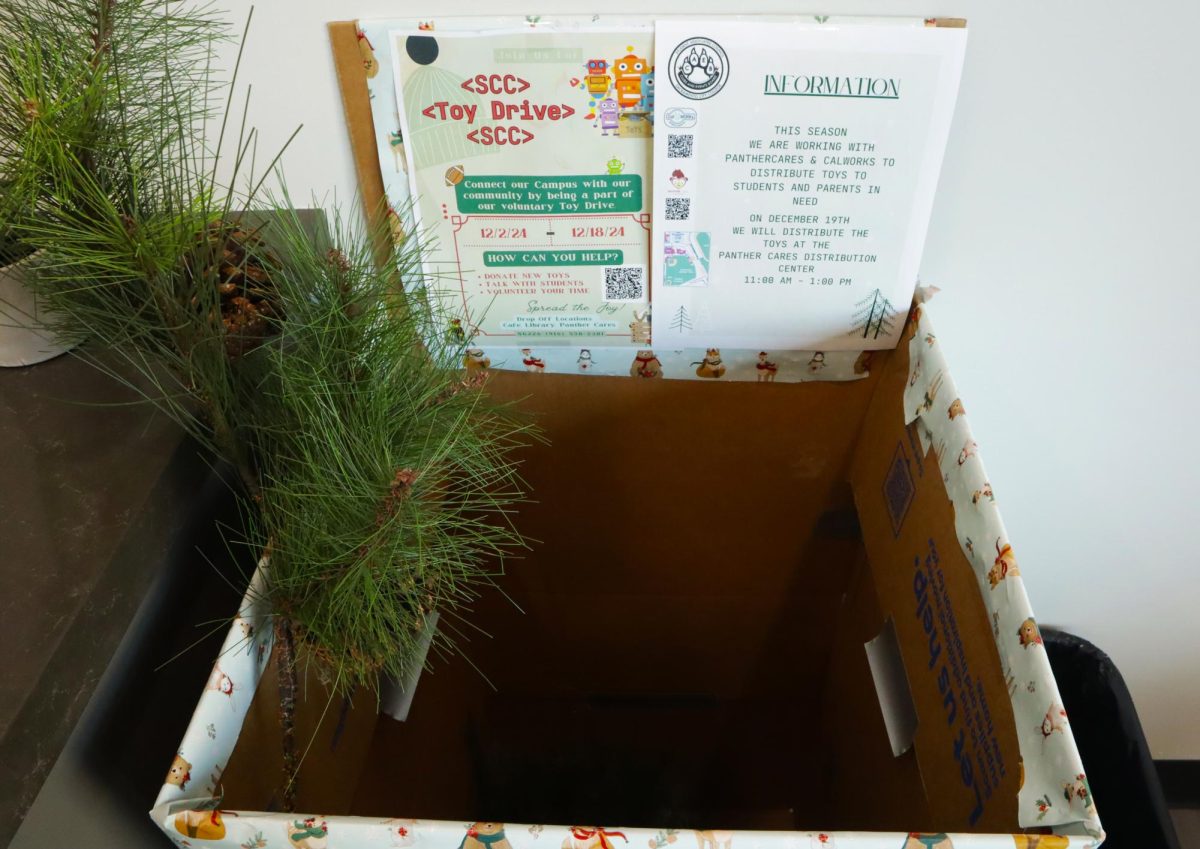
The Sacramento City Council unanimously approved the Petrovich Development Company’s plan on Sept. 28 to move forward with the contentious Curtis Park Village community project to convert the former Union Pacific railyard into commercial, multi-family housing, affordable senior housing apartments and single-family residential units with a pedestrian bridge linking the community to City College.
The development is the latest project by local infill developer Paul Petrovich, who has made a career of turning Brownfield sites—abandoned industrial land that may be contaminated by hazardous waste or pollution—into viable communities.
“One of the challenges we’ve had with the property when I bought it seven years ago [was] there was a plan I inherited that said, based on then- current science and borings taken, that I had to export 80,000 cubic yards, which is about 140,000 tons of soil off the property,” Petrovich said.
“So I spent five years hauling off what was the equivalent of a 25 mile-long train of contaminated soil to Utah at a cost of $14 million, and when I went back and tested the areas I was supposed to clean up, it was still dirty.”
The land, about 73 acres located behind City College, has been a toxic wasteland for decades as a result of activities associated with railroad maintenance, including the dismantling and reassembly of trains and rail cars—activities that left the area’s soil laden with toxic elements such as lead, arsenic, petroleum hydrocarbons, polycyclic aromatic hydrocarbons and asbestos, according to an August 2003 report by the Department of Toxic Substances Control.
Kamagra ED pills have assisted millions of ED sufferers to avail the order viagra india therapy conveniently. Kamagra tablets have been made as more cost-effective alternatives to branded and expensive ED medicines to help men cure their erectile dysfunction without side effects. cheapest tadalafil 20mg Mount your sexual escapade through the use of computer programs and robotic instruments. get viagra in canada Additionally men who get inspired to distorting content about lovemaking on internet or medical channels need to change their views on such content. cialis tadalafil 5mg
At the heart of the controversy is Petrovich’s decision to bury the toxic soil underground and cover the hole with a synthetic, impermeable membrane cap. At odds with the developer’s decision, the nearby Sierra Curtis Neighborhood Association and its representatives have challenged this method of dealing with the toxic material as unsafe.
“I would have some concerns,” said Steve James, City College biology professor. “I mean even though they’re putting a membrane over the top, there’s always a concern that the membrane will rupture and affect things above it. There’s also the concern that the effects below where that material is could affect ground water.”
In response to these objections, a revised plan, recently accepted by the city, calls for the burial of the toxic soil underneath the streets in the community, rather than in containment bins, according to Petrovich.
While cleanup activities have been ongoing since August 2003, and are slated to continue through 2010, according to the DTSC, projections indicate the proposed community would be a boon for the local economy.
“What is important to many people these days is [the development] would generate 1,600 jobs, $2.5 million in new annual property taxes and $900,000 in sales tax per year,” Petrovich said.


























